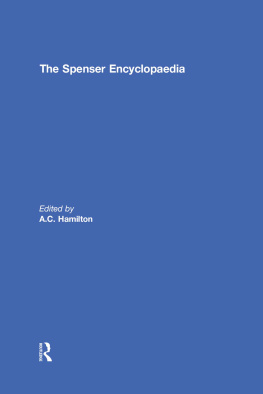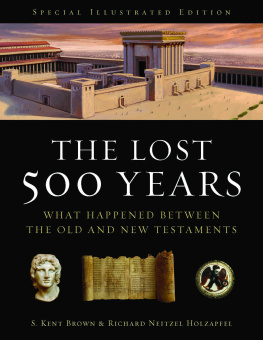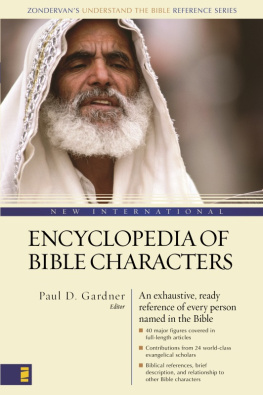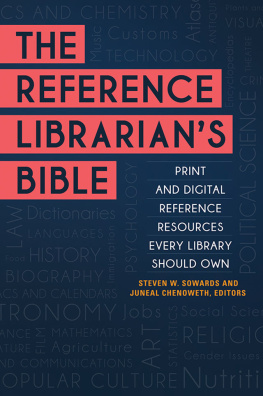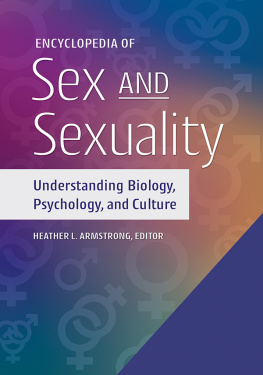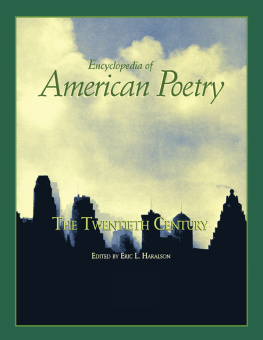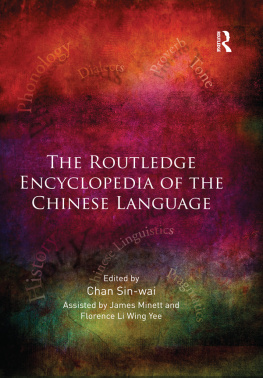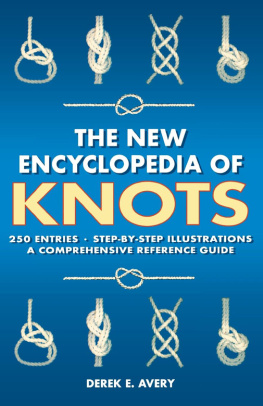University of Toronto Press 1990
Toronto and Buffalo
ISBN 0-8020-2676-1
London: Routledge
ISBN 0-415-05637-3
This edition published in the Taylor & Francis e-Library, 2006.
To purchase your own copy of this or any of Taylor & Francis or Routledge's collection of thousands of eBooks please go to http://www.ebookstore.tandf.co.uk/.
Routledge is an International Thomson Publishing company
All rights reserved. No part of this book may be reprinted or reproduced or utilized in any form or by any electronic, mechanical, or other means, now known or hereafter invented, including photocopying and recording, or in any information storage or retrieval system, without permission in writing from the publishers.
Canadian Cataloguing in Publication Data Main entry under title: The Spenser Encyclopaedia Includes bibliographical references.
ISBN 0-8020-2676-1
1. Spenser, Edmund, 1552?1599Dictionaries, indexes, etc. 1. Hamilton, A.C. (Albert Charles), 1921 PR2362.S7 1990 821.3 C900950072
British Library Cataloguing in Publication Data The Spenser Encyclopaedia 1. Poetry in English. Spenser, Edmund, 1552?1599 1. Hamilton, A.C. (Albert Charles), 1921. 821.3
ISBN 0-203-16788-0 Master e-book ISBN
ISBN 0-203-28354-6 (Adobe e-Reader Format)
ISBN 0-415-05637-3 (Print Edition)
Publication of this book was made possible by grants from the Canadian Federation for the Humanities, using funds provided by the Social Sciences and Humanities Research Council of Canada, and from the National Endowment for the Humanities.
Contents
Directions for Use
1. Articles are arranged alphabetically within the text of the encyclopaedia itself.
2. Related articles have been identitied within general categories in the classification of articles.
3. More specific topics may be located through the general index.
4. A parenthetical asterisk in the text of an article refers to another article which treats the subject at hand.
5. Citations within articles are given parenthetically in a short form, typically:
(author+date: page)
(author+date, volume: page)
(author+book. chapter or section)
(title+book. chapter or section)
6. The reading list at the end of an article tells the reader where to turn for further information. If an item is cited in only one article, a full description is given. If an item is cited in more than one article, a short form is used at the end of the articles and full bibliographic information is provided in the bibliography.
7. Unless indicated otherwise, quotations of classical sources are taken from the Loeb Classical Library. Spenser's poetry is quoted from the Poetical Works ed 1912, and his prose is from the Variorum Prose volume (i/j and u/v normalized).
Classification of Articles
Articles in the encyclopaedia are in alphabetical order. Relations among the articles are indicated in the classification system below.
General categories are shown in the first section; all the articles related to each general category are listed in the second section.
For example, a reader interested in genre would look under genres and forms to find a complete listing of relevant encyclopaedia articles. (See also the Index.)
| 15791800 |
| 18001900 |
| 1900-present | Classical |
| Countries | Medieval to mid-16th century |
Arts: Dramatic, musical, visual
triumphs
Biography
Characters (in FQ unless otherwise indicated)
Chivalric and courtly matter
Contemporaries, historical
Contemporaries, literary
Genres and forms
Imitations and adaptations
Influence and reputation
Language and language arts
Myth, mythography, legend
Places inThe Faerie Queene
Poetry, poetics
Religion
Scholarship, reference materials
Sources, literary antecedents
Classical
Virgil
Medieval to mid-16th century
Trissino, Giangiorgio
Renaissance
Themes and topoi
Virtues and vices
Women, marriage, sexuality
Works, Spenser's
FQ VII
FQ, commendatory verses and dedicatory sonnets
Introduction
From its inception, The Spenser Encyclopaedia has been an entirely cooperative enterprise. When David A.Richardson first conceived the project and proposed it to me at a conference in 1977, the moment seemed to us opportune for two reasons.
First, there had been a Renaissance of sorts in Spenser criticism following an earlier period that had been monumentalized by the Johns Hopkins Variorum Edition of Spenser (193249). With pardonable exaggeration, John Erskine Hankins wrote in 1971 (he was addressing Spenser critics; others may recall that decade differently) that the 1960s will be remembered as a great period of Spenser scholarship, for then were published a record number of books about The Faerie Queen With the new critical orthodoxies emerging in the 1970s, which would generate their own scholarship, the time had come to assess both what had been done and left undone in Spenser studies by gathering into one volume the best that the present generation of critics had to say about Spenser.
Second, A Milton Encyclopaedia was about to appear, and it seemed appropriate that a similar work be compiled for the poet whom Milton had acknowledged to be his Original, especially since readers of Spenser lacked any companion or reference guide, and H.S.V.Jones Spenser Handbook was half a century out of date.
Four prerequisites seemed to me essential to the successful completion of a Spenser encyclopaedia. First, an editorial team responsible for the extended labors that would be involved in its planning and execution. That prerequisite was satisfied when David Richardson agreed to be Managing Editor if I would be the General Editor, and Donald Cheney and A.Kent Hieatt agreed to be the two Co-editors.

